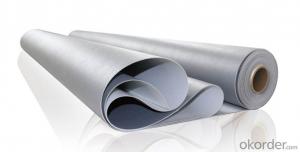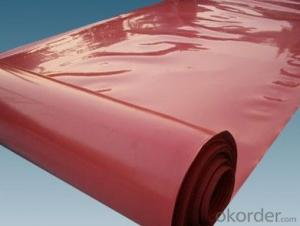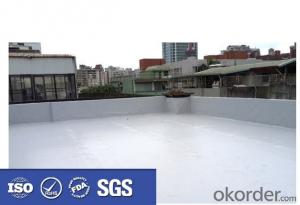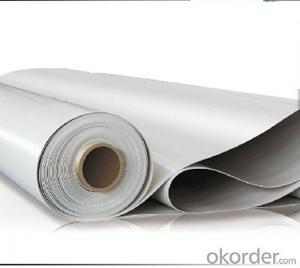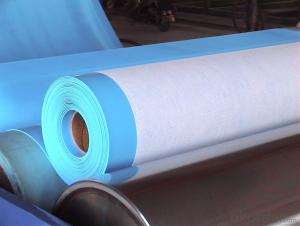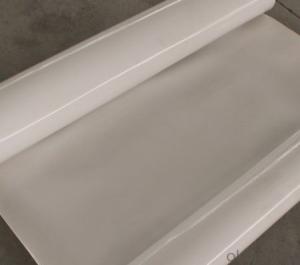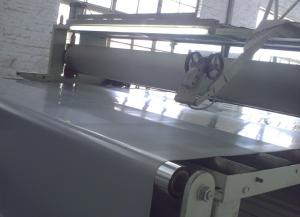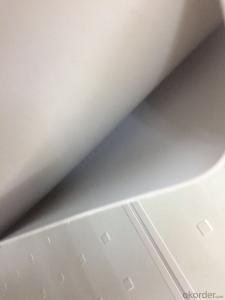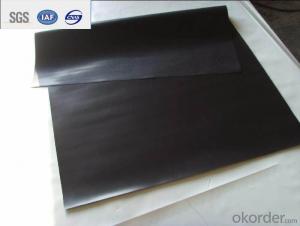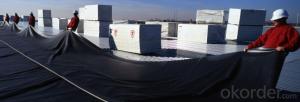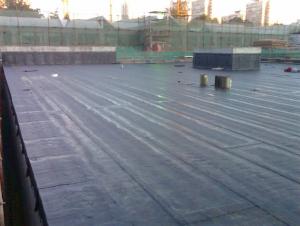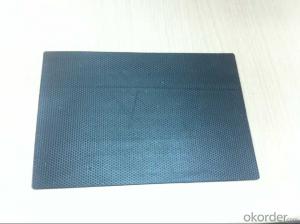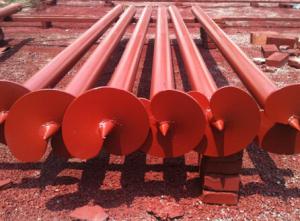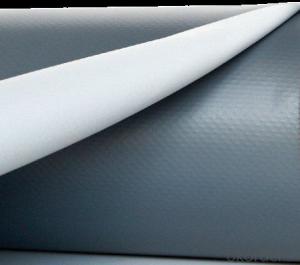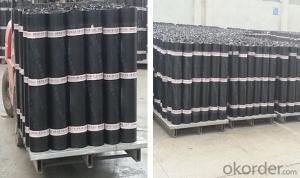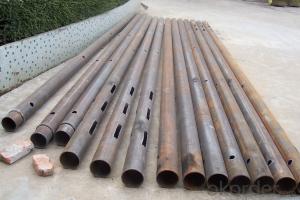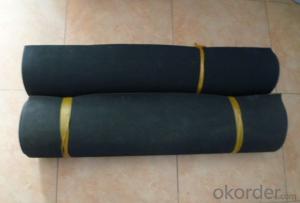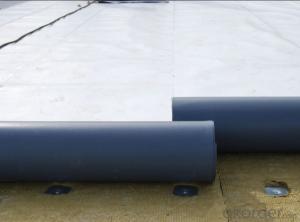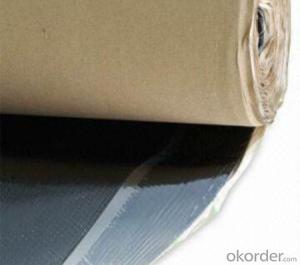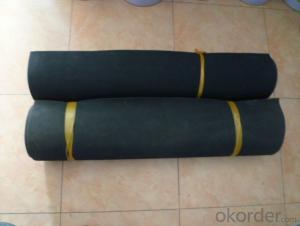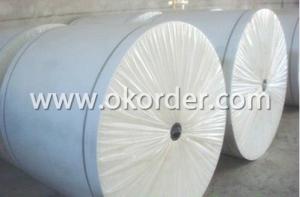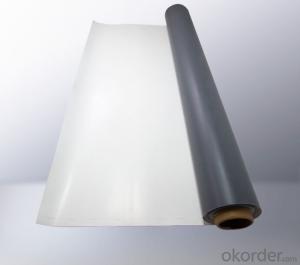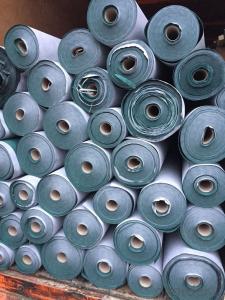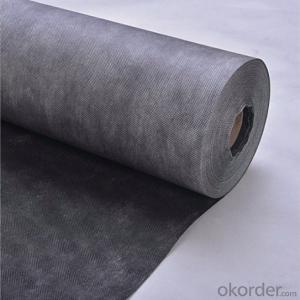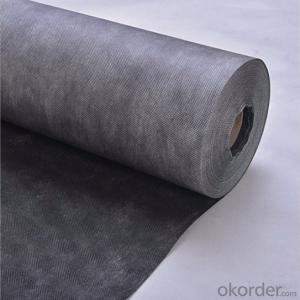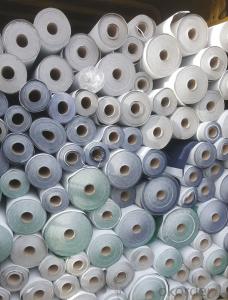Dimpled Foundation Membrane
Dimpled Foundation Membrane Related Searches
Fiberglass Sheets For Roofing Felt Paper For Roofing Best Quality Roofing Felt Transparent Roofing Sheets In Sri Lanka Roofing Paper Waterproof Waterproof Material Corrigated Plastic Roofing Waterproof Shade Cloth Copper Roofing Material Electrical Waterproof SprayHot Searches
Upvc Roofing Sheet Manufacturer In India Roofing Materials Price List Roofing Iron Prices Cost To Waterproof A Basement Waterproof Plywood Cost Waterproof Mdf Suppliers Geogrid Material Suppliers Buy Roofing Sheets Online Grp Roofing Prices Geotextile Membrane Suppliers Breathable Roofing Felt Prices Roofing Tar Prices Bitumen Roofing Felt Suppliers Roofing Resin Suppliers China Pvc Geomembrane China Geomembrane Roll Sheet Hdpe Geomembrane Sheet Price Hdpe Geomembrane China China Geomembrane Geomembrane ChinaDimpled Foundation Membrane Supplier & Manufacturer from China
Okorder.com is a professional Dimpled Foundation Membrane supplier & manufacturer, offers integrated one-stop services including real-time quoting and online cargo tracking. We are funded by CNBM Group, a Fortune 500 enterprise and the largest Dimpled Foundation Membrane firm in China.Hot Products
FAQ
- Waterproofing membranes are usually designed to resist impact or abrasion damage to some extent, but the degree of resistance can differ based on the membrane's specific type and quality. In general, waterproofing membranes are engineered to endure normal wear and tear, including minor impacts and abrasions. They are typically made from durable materials like modified bitumen, PVC, EPDM, or polyurethane, which offer a certain level of impact and abrasion resistance. These materials are selected for their ability to withstand external forces and safeguard the underlying structure against water infiltration. Although most waterproofing membranes can withstand moderate impacts and abrasions, they may not be completely impervious to severe damage. Heavy impacts or sharp objects have the potential to puncture or tear the membrane, compromising its ability to prevent water penetration. Hence, it is crucial to handle and maintain the membrane with care to reduce the risk of damage. To enhance the impact and abrasion resistance of a waterproofing membrane even further, additional protective layers can be added. For instance, a layer of geotextile fabric or a cementitious coating can be applied over the membrane to provide extra strength and durability. In summary, while a waterproofing membrane is designed to resist impact and abrasion damage, the level of resistance can vary depending on the specific type and quality of the membrane. It is important to choose a high-quality membrane and take appropriate measures to minimize the risk of damage for long-lasting waterproofing performance.
- Yes, a waterproofing membrane can be used in kitchens. In fact, it is highly recommended to use waterproofing membranes in areas prone to moisture and water exposure, such as kitchens. These membranes are designed to create a barrier against water and prevent it from seeping into the underlying structure, protecting it from damage. They are commonly used on floors, walls, and even countertops to ensure a watertight seal and prevent water damage, mold growth, and other issues. Additionally, waterproofing membranes can also help with soundproofing and provide added durability and longevity to the kitchen surfaces.
- Yes, a waterproofing membrane can be used on elevator shafts. Elevator shafts are vulnerable to water infiltration, and using a waterproofing membrane can help prevent water damage and leakage into the shaft.
- Yes, a waterproofing membrane can be used in stadiums or sports complexes to protect the structural elements from water damage and prevent leaks.
- Yes, waterproofing membranes are suitable for commercial applications. They are designed to provide a protective barrier against water infiltration, making them ideal for use in commercial buildings such as offices, retail spaces, and warehouses. Waterproofing membranes are durable, long-lasting, and can be applied to various types of surfaces, ensuring the integrity and longevity of commercial structures.
- Elevator shafts, particularly in regions with high humidity or underground setups, often face moisture concerns. This is where waterproofing membranes come into play. These membranes, specifically designed to shield against water and moisture, avert any potential damage to the structural components or electrical systems by preventing their infiltration into the elevator shaft. Typically, these membranes are applied to the walls and floors of the shaft, establishing an impermeable seal that maintains a dry interior. Furthermore, in addition to their waterproofing capabilities, these membranes also aid in inhibiting the growth of mold and mildew, ensuring a safe and healthy environment for both elevator passengers and maintenance personnel.
- Yes, waterproofing membranes can be used on below-grade parking structures. These membranes are designed to prevent water infiltration and protect the structure from potential water damage. They are commonly used in below-grade applications to ensure the longevity and structural integrity of the parking facility.


